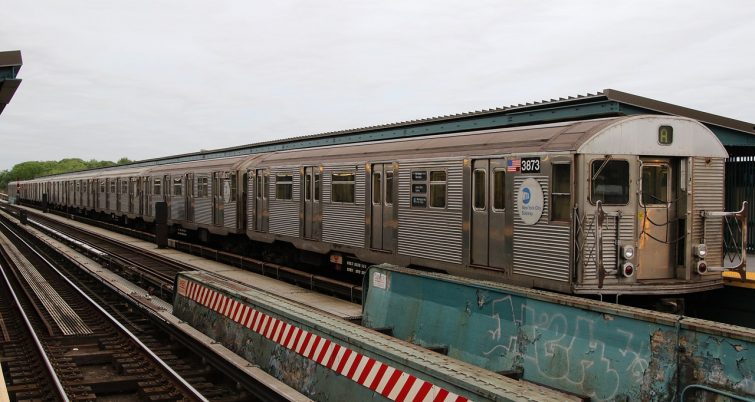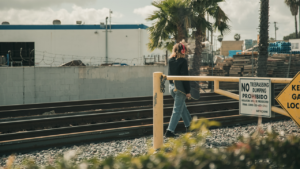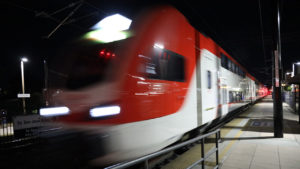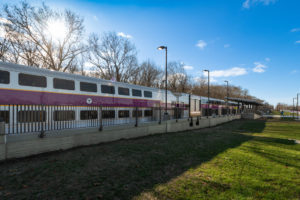How risky is riding the subway during the pandemic?
Written by David C. Lester, Editor-in-Chief
As has been reported on this site and in our magazine numerous times since the pandemic began earlier this year, transit agencies have taken a major hit during the past few months. People are afraid to ride public transit for fear of contracting the cornavirus.
According to a report in the New York Times, though, this may be changing in major cities worldwide. Countries that have seen a significant drop in coronavirus cases are experiencing a surge in ridership that exceeds any we’re seeing in the United States.
Even though the statistics in New York are moving in the right direction, with the latest report showing a significant drop in new cases since the end of April, a major drop in active cases since the end of June, the “total deaths” curve beginning to flatten during the past couple of months, and the daily deaths dropping significantly since mid-May (7 deaths were reported in New York on August 2), New Yorkers are still wary of riding the subway.
Even though ridership in other countries is rising, the Times report says that transit systems are not producing any “superspreader” events, based on a survey of transit agencies the newspaper conducted.
This “relative calm” around coronavirus on transit agencies could indicate that if riders wear masks, and the cars aren’t packed with people as they were before the pandemic hit, transit may not be a major source of transmission.
An epidemiologist, Toph Allen, who co-authored a report with the Tri-State Transportation Campaign, which is a group advocating for public transit, said “What we are seeing in other cities makes me optimistic. If you know that you have a transit system that is functioning in an area where there are no major outbreaks, you know transit can be safe.”
Contact tracing in several population centers in the world, including Paris, Austria and Tokyo, could not find a link between any virus clusters (that were traced) and local public transit.
Nevertheless, public health officials point out that we should be cautious when evaluating these statistics. Systems in many major cities around the world continue to experience very low ridership levels, and there are several variables that must be considered – ventilation system quality in the cars, along with the overall coronavirus statistics that are reported in a particular location.
Dr. Michael Reid, an assistant professor at the University of California, San Francisco School of Medicine says “There are so many other factors that go into levels of risk and how you assess risk. They are not equal comparisons.” As an example, New York public officials have not been able to tell if New York transit added to the surge in the city and state earlier this year that killed more than 20,000 people.
At the very least, a number of public health officials say that the what other cities are seeing now may be a template for minimizing the possibility of catching the virus on transit systems.
Experts say that, among the things one can do in the city, “riding the subway is probably riskier than walking outdoors but safer than indoor dining,” according to the Times report.
More information can be found online.
“





